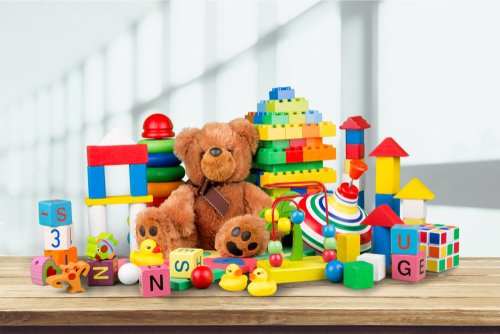Introduction
The newly updated guidance clarified legislation for children’s sleepwear under the Canadian Consumer Product Safety Act (CCPSA). The new guidance is very detailed. The following is a listing of the highlights. For full details, please review the guidance document, which can be requested from your local Health Canada Office or hc.ccpsa-lcspc.sc@canada.ca.
General Requirements and Highlights Outlined Include, But Are Not Limited To:
• Definition of Children’s sleepwear and what is not sleepwear is clearly outlined.
• Discussion on the Sizing interpretation of Children’s vs. Adults sleepwear has been added.
• Added guidance for sleepwear accessories such as caps, sleep masks, slippers and attachable hoods.
• Revised details of sizing for nine months (infants weighing up to 7kg) and past interpretation for Infant styling up to 9 months.
• Clarified that labeled sizing cannot be in non-numeric sizing only.
• Added guidance for tight-fit garments with closures. There cannot be any gaps between closures and must lie smooth.
• Added waist circumference measurements to the dimensional criteria sizing charts: Waist must be less than or equal to the chest dimension for tight-fit sleepers.
• Updated the flame retardant section of the guidance, including identification of flame retardant classifications which are banned, and added methods for testing.
• Added details for daywear stylings and sleep sacks.
• Clarified CCPSA test considerations for Children’s Products, and added information regarding small powerful magnets.
Requirements Which are Unchanged Include, But Are Not Limited To:
• The dimensional criteria for tight-fitting polo pajamas and sleepers are unchanged.
• The flammability test for tight-fit, loose-fit and infant stylings are unchanged.
• The general styling details concerning tight-fit and tight-fit cuffs at wrists and ankles are unchanged.
• Points of measurement locations are unchanged.
• Labeling has not changed.








